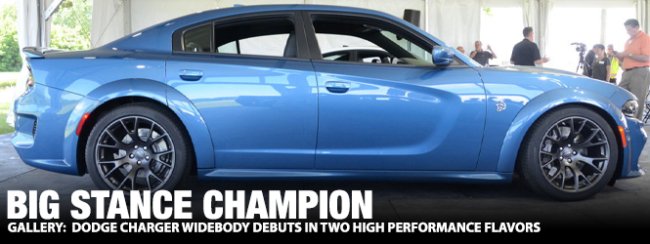
Last week, FCA introduced the 2020 Dodge Charger in its new widebody form, ending months of speculation, rumors and insider reports that such a vehicle was in the works. During the annual “What’s New” media preview event at the Chelsea Proving Grounds in Michigan, Dodge boss Tim Kuniskis introduced the new widebody Charger in Hellcat and Scat Pack form. We were there for the big reveal and while the response has not been 100% positive, the thicker Mopar muscle sedan instantly became the hottest topic in the American performance car world.
The Dodge Charger SRT Hellcat Widebody is one of those vehicles that many people expected to see come to production even without any real confirmation from the automaker. A long list of reports citing unnamed insiders made it clear that the company was working on something, but the first proof came at the 2019 Spring Festival of LXs, where Dodge rolled out the black-white-and-red concept car. The company was quick to point out that it was simply a styling design concept being used to gauge the interest of the community, but everyone at FCA knew that the Mopar world was going to love the concept.
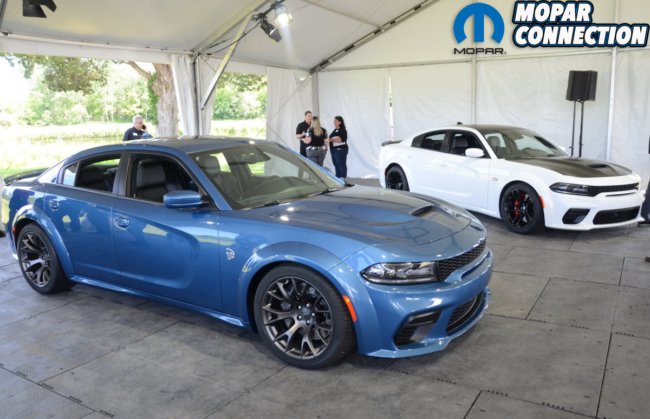
While there were some critics of the concept design, newer insider reports claimed that the widebody Charger had been greenlit for production and last week, that was confirmed with the formal introduction of the 2020 Dodge Charger SRT Hellcat Widebody and the 2020 Dodge Charger R/T Scat Pack Widebody. With that grand introduction at the media-only event, we got a close-up look at both cars in person, along with all of the key details on these two high performance sedans.
The most prominent feature of the 2020 Dodge Charger widebody package is, of course, the exterior design, but the team didn’t just add a set of wheel flares to create more room for thicker tires. While there is a multi-piece composite flare that attaches to the front fenders and the rear quarter panels, similar to the Challenger widebody, the sedan also has unique front and rear fascias.
In fact, the front fascia includes about 40% of the “flare” over the front wheels and in extending that fascia out a few inches, the designs were able to enlarge the cooling ducts running along the front end of the car. As a result, the front end has a wider look beyond just the areas over the wheels, with the broader fascia and big vents drawing more attention than the extended wheel openings.
As a comparison, the widebody Challenger has the same basic front fascia as the standard-width model, but the coupe has a unique chin spoiler that extends out to the flares. On the Charger, the chin spoiler is integrated into the lower portion of the fascia, creating a cleaner, more embedded design. The same is true out back, with the rear fascia including a large portion of the flare, creating a more fluid form.
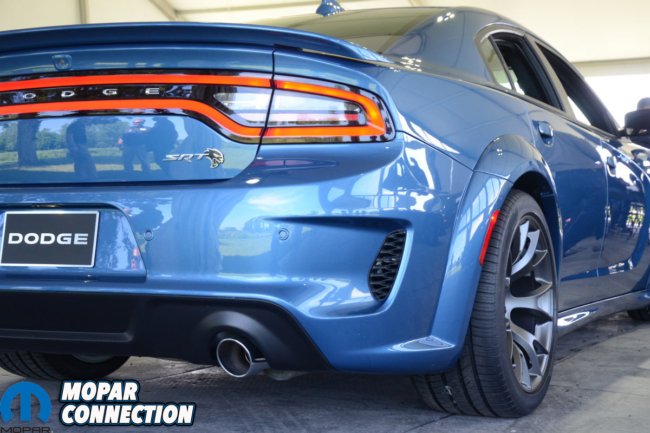
Ultimately, the same people who hate the widebody Challenger design, insisting that the designers should have flared the entire body-sides out to create a “true widebody” aren’t going to like this design either, but beyond the crowd who insists that these aren’t proper widebody models, the look of the 2020 Dodge Charger widebody has been a big hit in the Mopar community.
Now, while there are critics of the appearance of this package, we don’t expect too many people to gripe about the performance enhancements that come with the Dodge Charger widebody package. The designers added the 3.5-inches of extra body width specifically so that they can add wider tires and still meet all of the strict OEM tire-fitment requirements, so at all four corners is a set of 20-by-11-inch wheels wrapped in 305-millimeter-wide Pirelli rubber.
Those wider tires allow for better grip on a hard launch, during fierce cornering and when slowing the car down, so the Charger Hellcat and Scat Pack widebody models, but these gains don’t just come from the bigger tires. The Bilstein adaptive suspension setup was retuned, the front springs are stiffer 32% stiffer in the Hellcat and 27-percent stiffer in the Scat Pack, the Hellcat has a larger, 34-millimeter front sway bar and both trims come with a larger, 22-millimeter rear sway bar; all of which lead to a stronger-handling super sedan.
The 2020 Dodge Charger SRT Hellcat Widebody, which is still powered by the 707-horsepower supercharged Hemi, rips from a stop to 60 miles-per-hour in just 3.6 seconds, continuing through the quarter mile in just 10.96 seconds with the factory tires. For the widened Scat Pack with the naturally aspirated, 485-horsepower Hemi, the dash to 60 takes just 4.3 seconds, leading to quarter mile times in the 12.40s.

For those who are more interested in road course performance, Dodge tested both of the widebody cars on a 2.1-mile track with impressive results. The Hellcat Widebody was 2.1-seconds quicker than the non-widebody, finishing the lap 13 car-lengths ahead of the current Hellcat Charger while the Scat Pack Widebody beat the standard-width version by 1.3-seconds, or 8 lengths. Those are significant advantages, leaving no question that the wheels, tires and suspension upgrades improve more than just straight-line performance. While the Charger might outshine any sedan and most coupes on a drag strip, it will hold its own on a curvy road course, all while serving as an exhilarating daily driver.
One key point that some outlets have failed to point out, and this is really upsetting the critics of the widebody design, is that the 2020 Dodge Charger SRT Hellcat is not being offered with the standard-width body. The widebody design is optional for the Charger R/T Scat Pack similar to the format with the Challenger, but on the Hellcat sedan, the widebody package is standard for 2020, so if you are planning on buying a supercharged Dodge Charger and you don’t like the widebody look, you will want to find a nice 2019 at a local dealership.
For those who do like the 2020 Dodge Charger widebody design enough to order one, they will be able to order 12 different exterior colors, including nine returning colors and three new colors. The returning shades are F8 Green, Go Mango, Granite Crystal, IndiGo Blue, Octane Red, Pitch Black, TorRed, Triple Nickel and White Knuckle. The new colors are Frostbite (the blue shown here on the Hellcat), Hellraisin (formerly known as the purple concept color Black Eye) and Sinamon Stick (a dark,metallic copper).
We don’t have any pricing figures for any 2020 Dodge Charger models, but if pricing is similar to that of the Challenger widebody package, buyers will be looking at an upcharge of roughly $6,000 for the Scat Pack. As for the Hellcat, it is unclear how much the base price will climb with the widebody features being standard, but it is a safe bet that a 2020 Hellcat Charger will start at least a couple thousand dollars higher than the 2019 models.









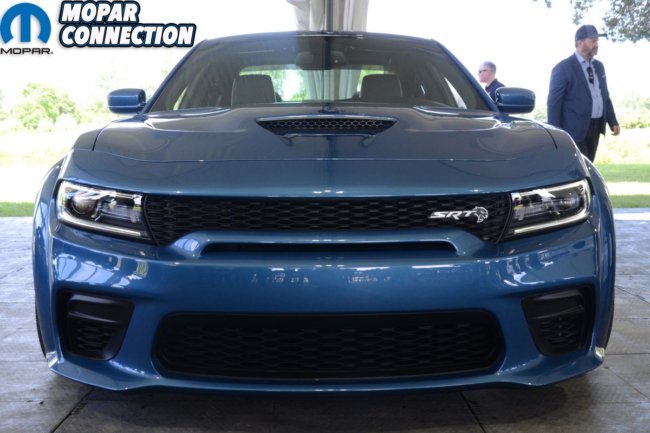

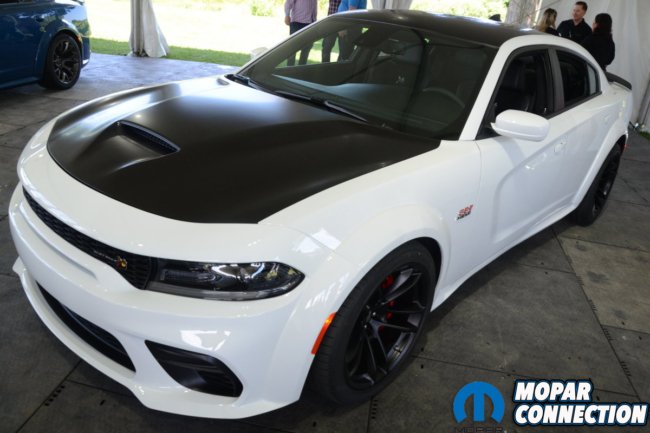
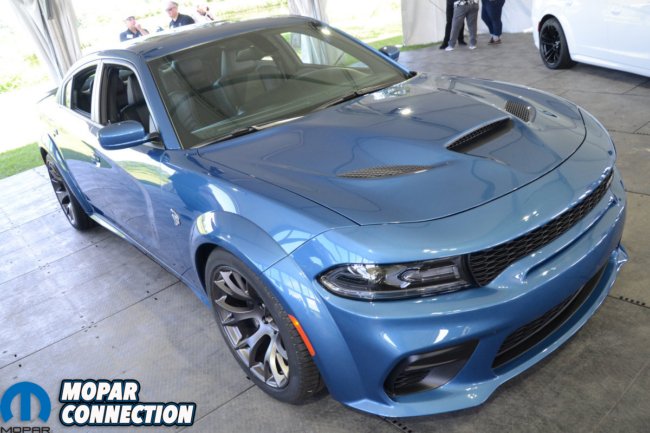
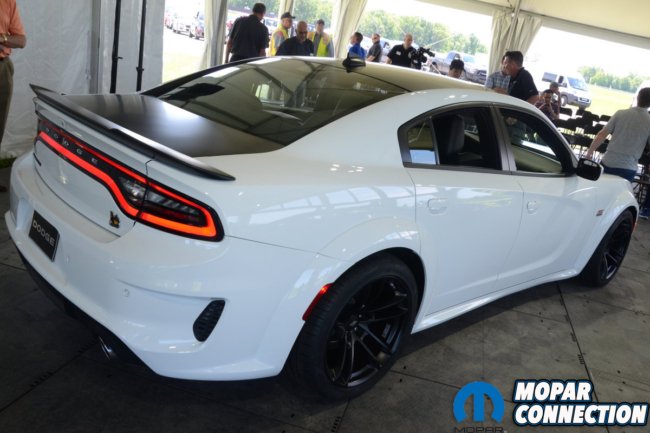
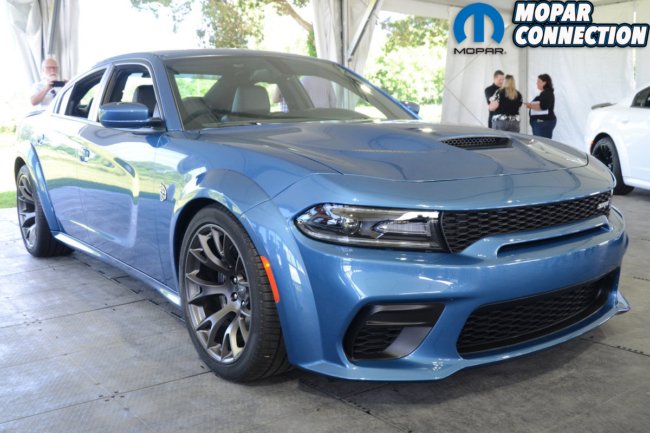
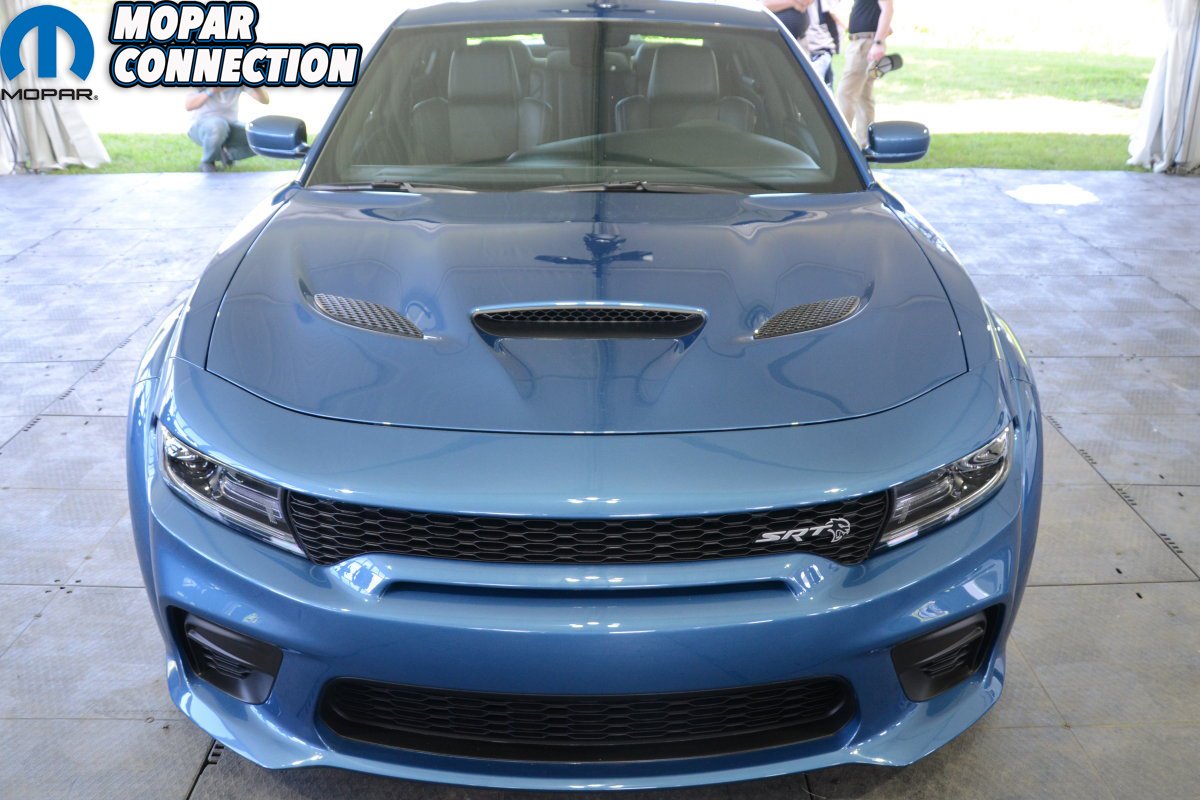
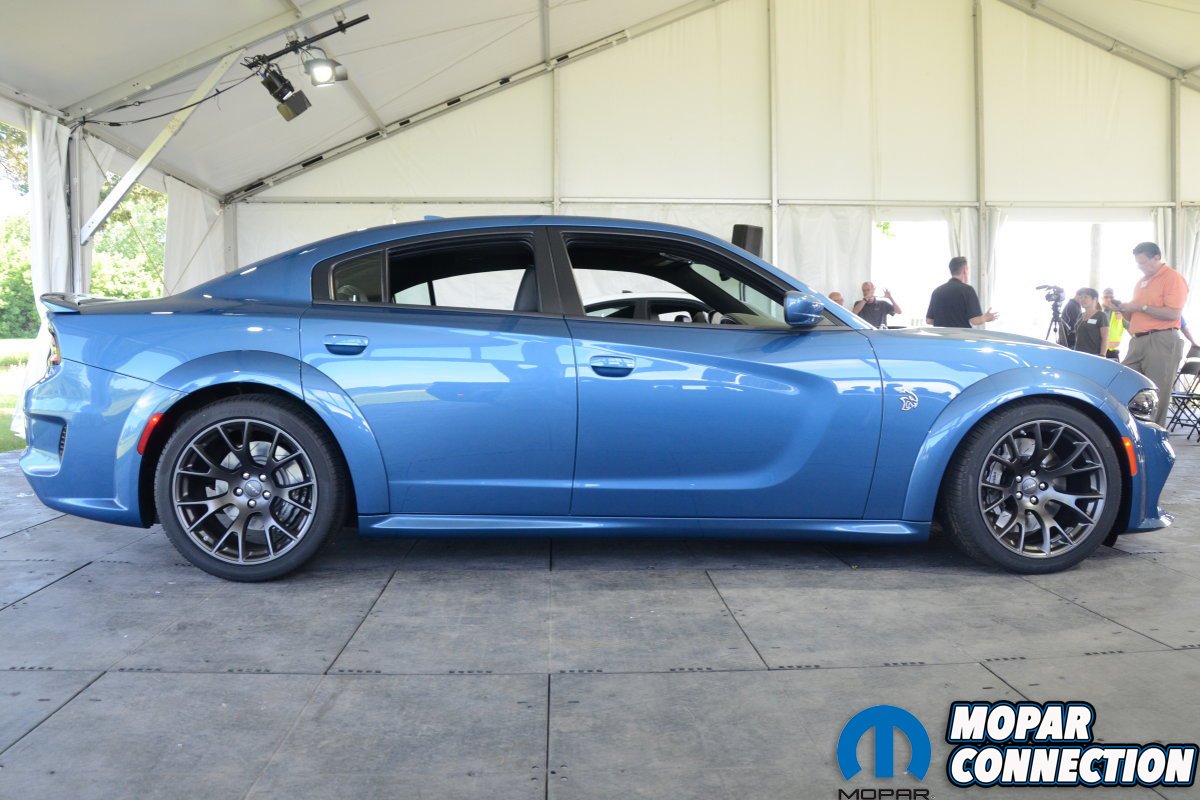
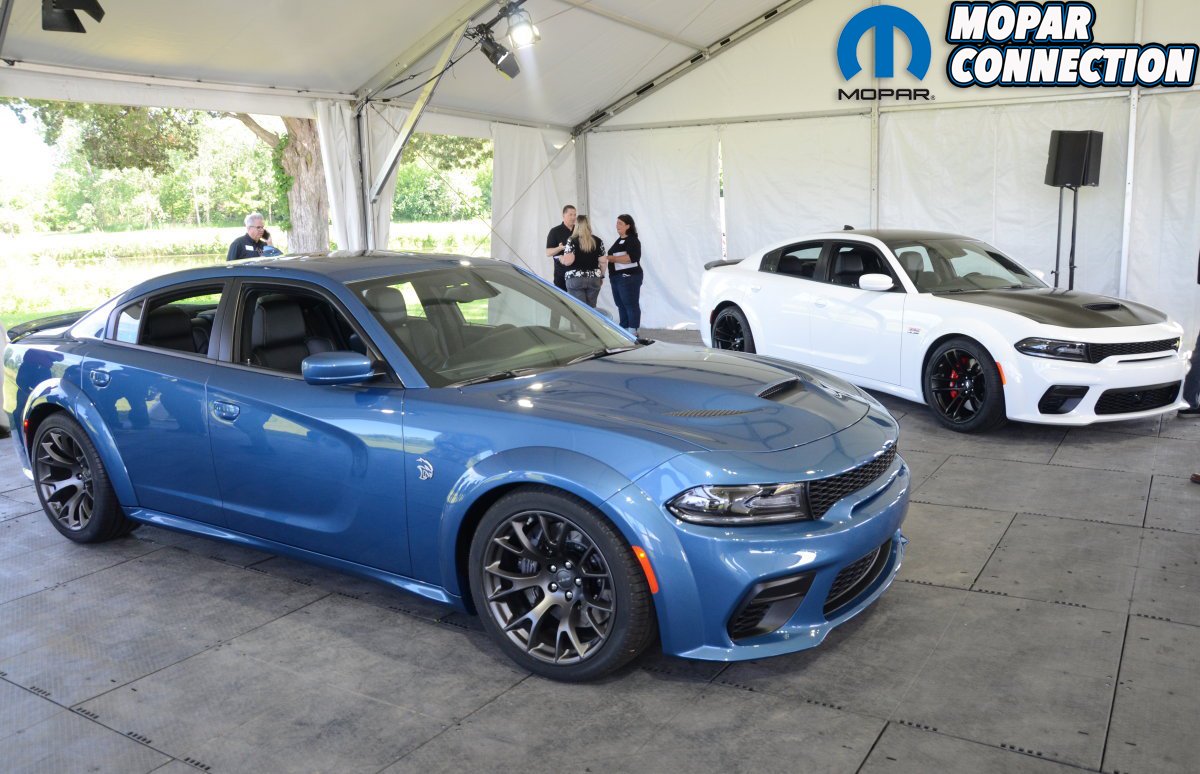
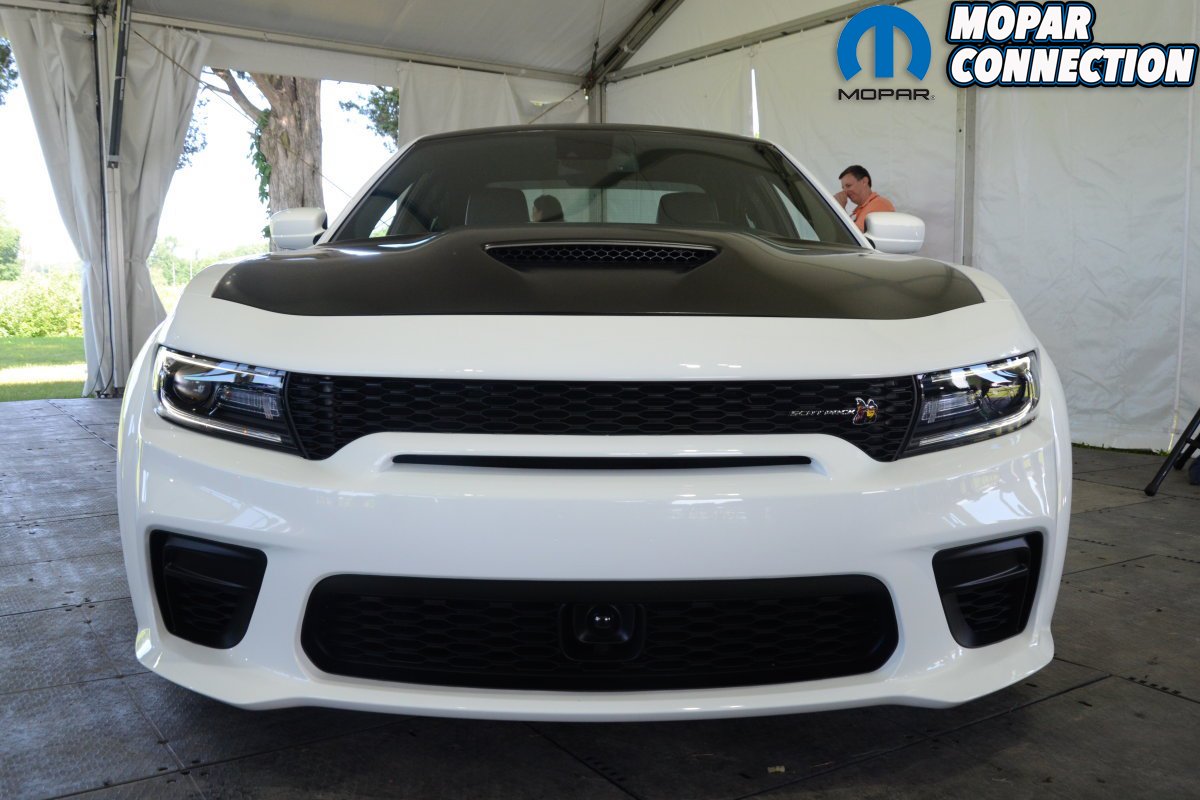
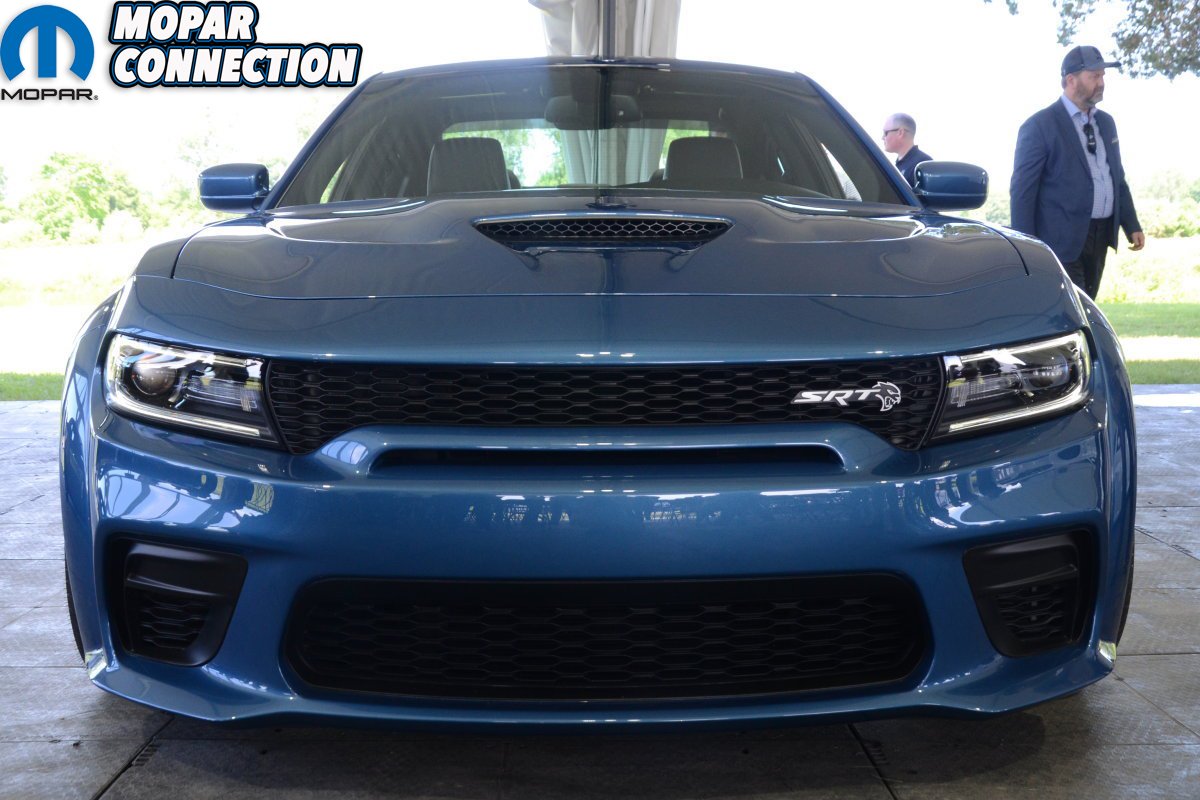
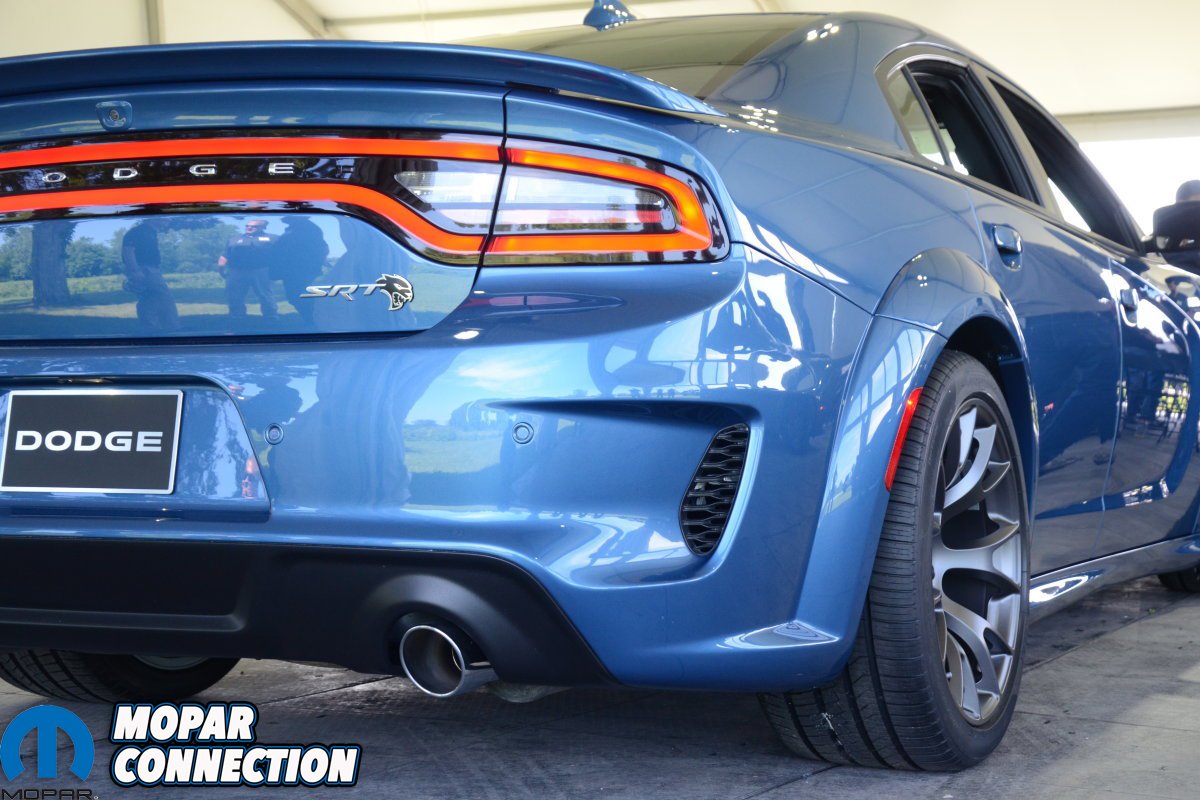


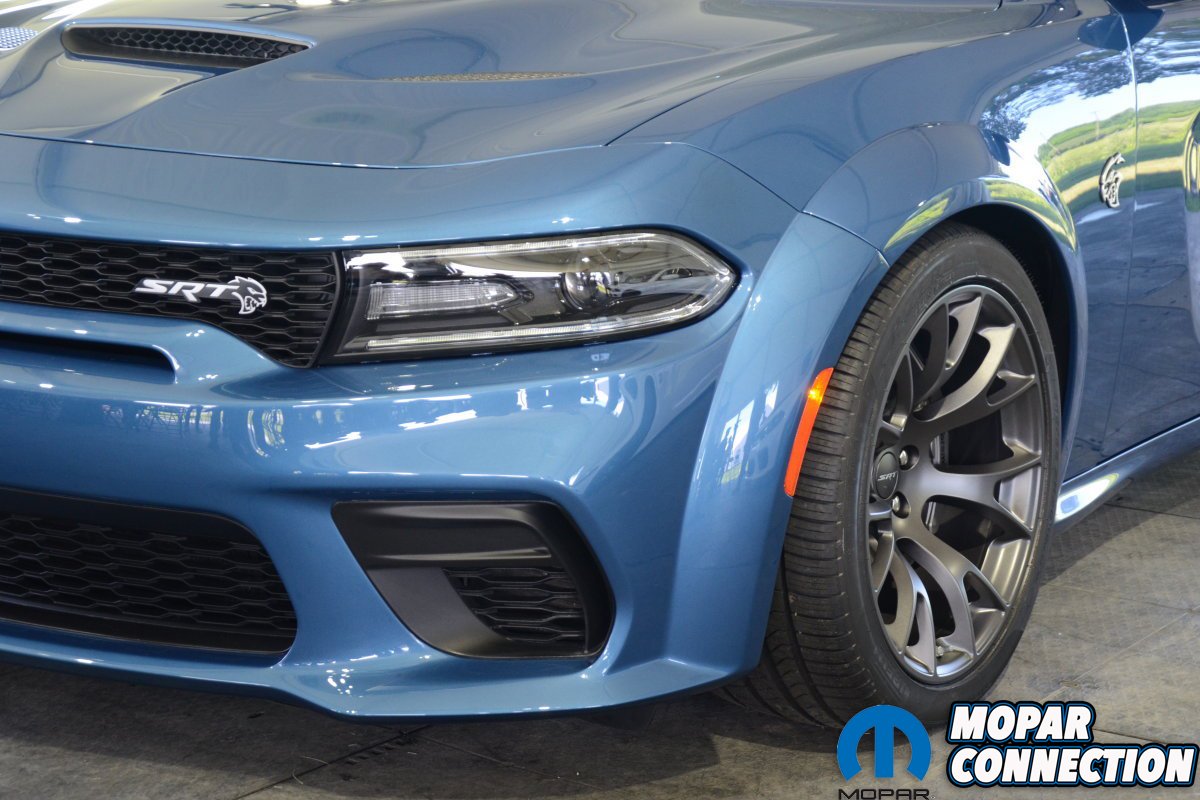

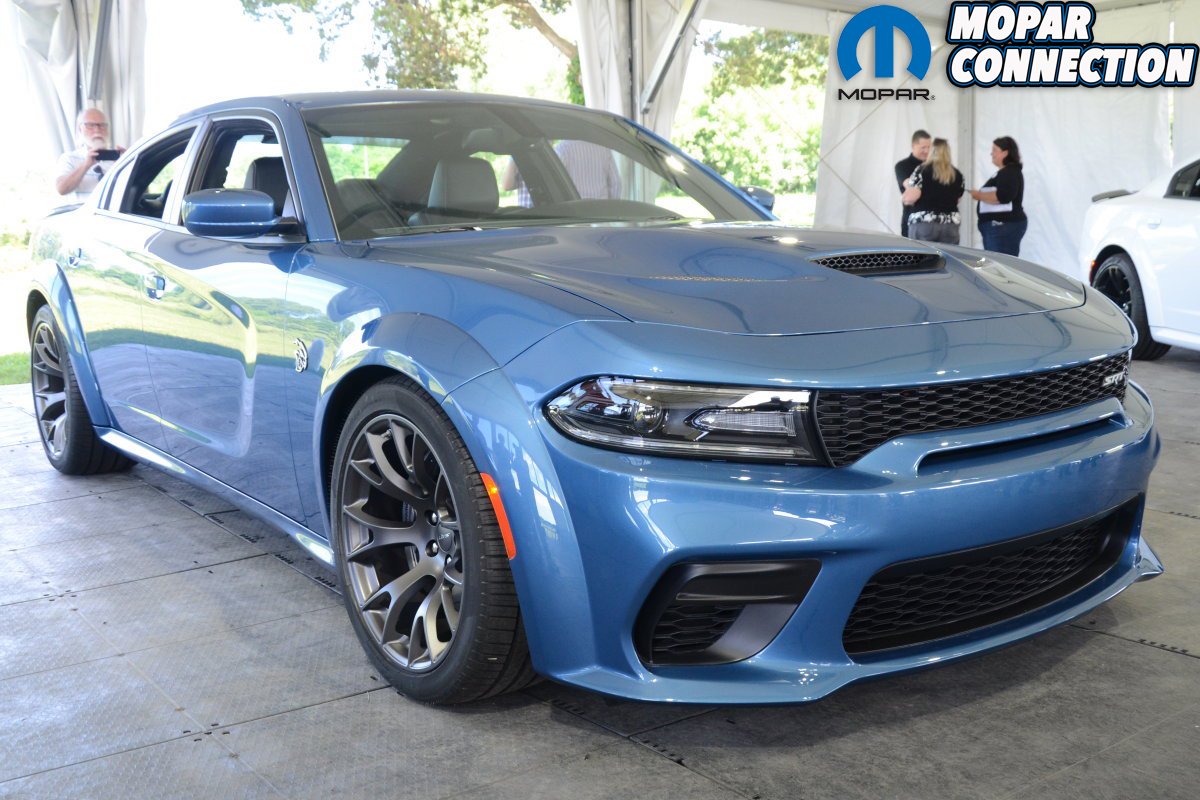




 Mopar Connection Magazine – The ONLY Daily Mopar Magazine © 2022. All Rights Reserved. Mopar Connection Magazine is the ONLY daily Mopar Magazine bringing you the latest Mopar news, technology, breaking news, and Mopar related events and articles. Find out the latest information about Mopar, Mopar products and services, stay up to date on Mopar enthusiast news, dealership information and the latest Mopar social media buzz! Sign up for the Mopar Connection Magazine newsletter for the latest information about new products, services and industry chatter. Mopar Connection Magazine is the best and only source you need to be a Mopar industry insider!
Mopar Connection Magazine – The ONLY Daily Mopar Magazine © 2022. All Rights Reserved. Mopar Connection Magazine is the ONLY daily Mopar Magazine bringing you the latest Mopar news, technology, breaking news, and Mopar related events and articles. Find out the latest information about Mopar, Mopar products and services, stay up to date on Mopar enthusiast news, dealership information and the latest Mopar social media buzz! Sign up for the Mopar Connection Magazine newsletter for the latest information about new products, services and industry chatter. Mopar Connection Magazine is the best and only source you need to be a Mopar industry insider! by
by